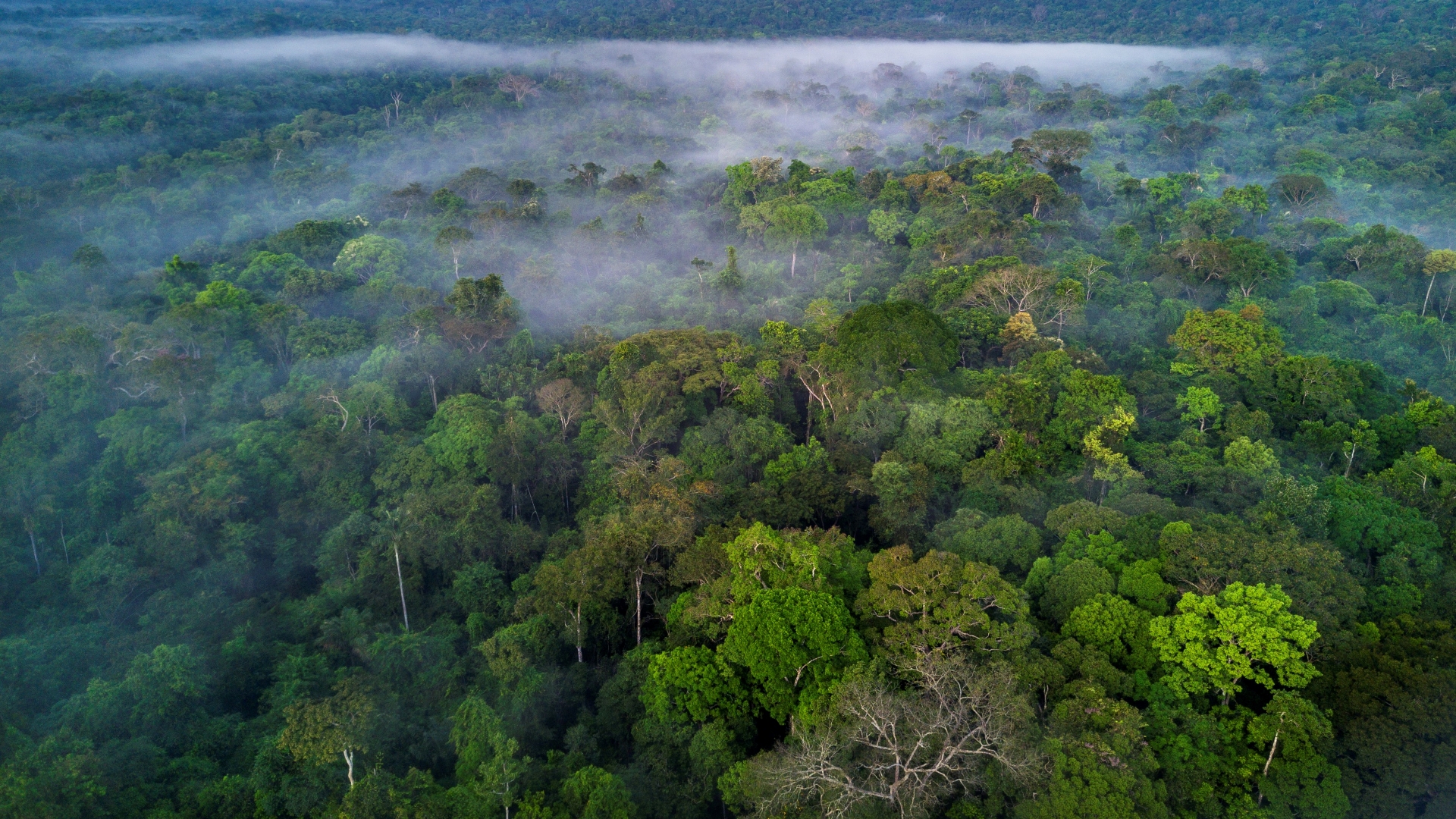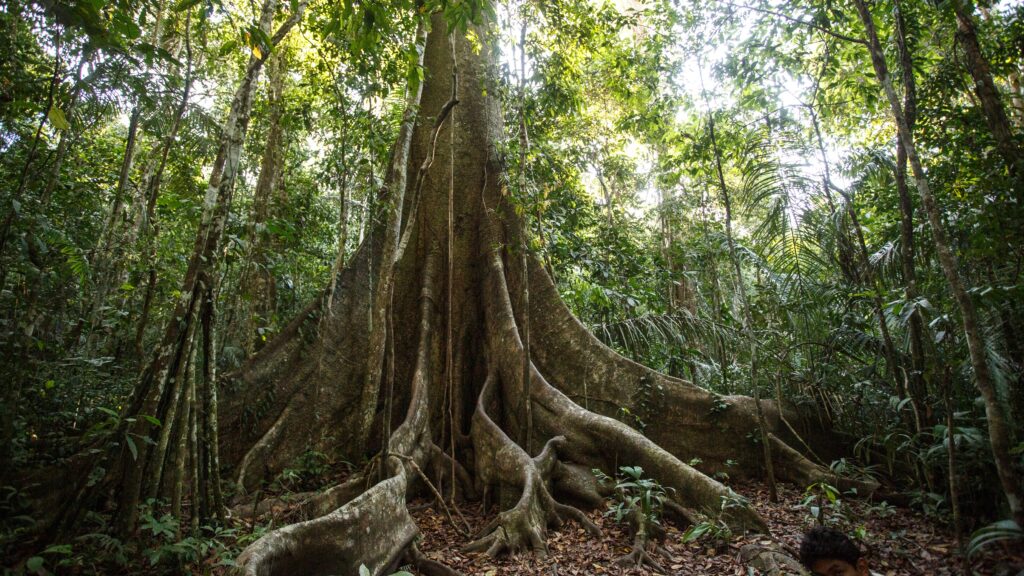Trees of all sizes on Amazon Rainforest are getting thicker due to climate change, new research shows.
Increased concentrations of carbon dioxide (CO2) in the atmosphere created a more resource-rich environment for Amazon plants, with an average increase in tree circumference at bases since the 1970s, researchers found.
“We knew there was an increase in the total amount of carbon stored in trees in unharmed Amazon forests,” Tim Baker, a study co-author who is a professor of tropical ecology and conservation at the University of Leeds in the UK, said in a statement. “What this new study shows is that trees of all sizes grew at the same time. The whole forest has changed.”
You might like it
The fattening is “good news,” Beatrice Marimon, a professor and tropical plant ecologist at Mato Grosso State University in Brazil, said in a statement.
Previous studies have shown that rising temperatures and CO2 levels have pushed Amazon rainforests to a turning point that could turn the ecosystem into savanna in the last 100 years, while trees are making the most of the climate by eliminating a large amount of carbon and bulge.
For this study, the researchers collected data from 188 plots across the Amazon rainforest and measured what is known as the basal area of trees, or how much space the trunk occupies in the forest floor. Although monitoring began in 1971 and ended in 2015, during this period, various plots were observed at different lengths, with the longest continuous plot monitoring time being 30 years.
A team of almost 100 tropical plant scientists designed the study with several possible results in mind. One of these results, known as the “winner” response, described a scenario where only large trees would benefit from an increase in CO2 levels. According to the study, larger trees have access to light and nutrients more than smaller trees. In other words, it is resilient due to changes in conditions.
Another outcome, called the “carbon-limited benefit” response, explained when smaller trees often benefit from rising CO2 due to greater resource limitations, as larger trees have greater effects overall.
Scientists wrote that a combination of these results, called “benefit sharing” responses, is also possible.
The results, published on Thursday (September 25) in Journal Nature Plants, suggest that “shared benefits” responses will now be prioritized. “The trees in the unharmed forest have grown,” Marimon said, adding that even the largest trees, generally vulnerable to climate-related events such as drought and lightning, thrive in areas without deforestation.
You might like it

However, researchers pointed out that over time an increase in the basal region could become more pronounced in larger trees, which would dominate the ecosystem at the expense of smaller trees.
“Large trees are extremely beneficial in absorbing CO2 from the atmosphere, and this study confirms that Adriane Esquivel Muelbert, an associate professor of tropical plant plant ecology at Cambridge University. “Despite concerns that climate change can negatively affect trees in the Amazon and impair the effects of carbon sinks, the effects of CO2 on stimulating growth are still there. This shows the remarkable resilience of these forests, at least for now,” she said.
None of the plots studied showed a decrease in the basal region, indicating that increased availability of CO2 outweighs previous negative climate impacts. However, this could change soon, researchers warn in their studies, and expect delayed tree growth and uplift in mortality in the coming decades.
A combination of factors such as heat stress, water stress, wildfires, and storms, which are already increasing in frequency and severity, can slow growth and lead to higher mortality. Apart from reducing our carbon footprint, the best way to buffer Amazon rainforests against these factors is to leave it intact, the researchers said.
“These results highlight how important tropical rainforests are in our continued efforts to mitigate artificial climate change,” Esquibel Muerbert said.
Source link

